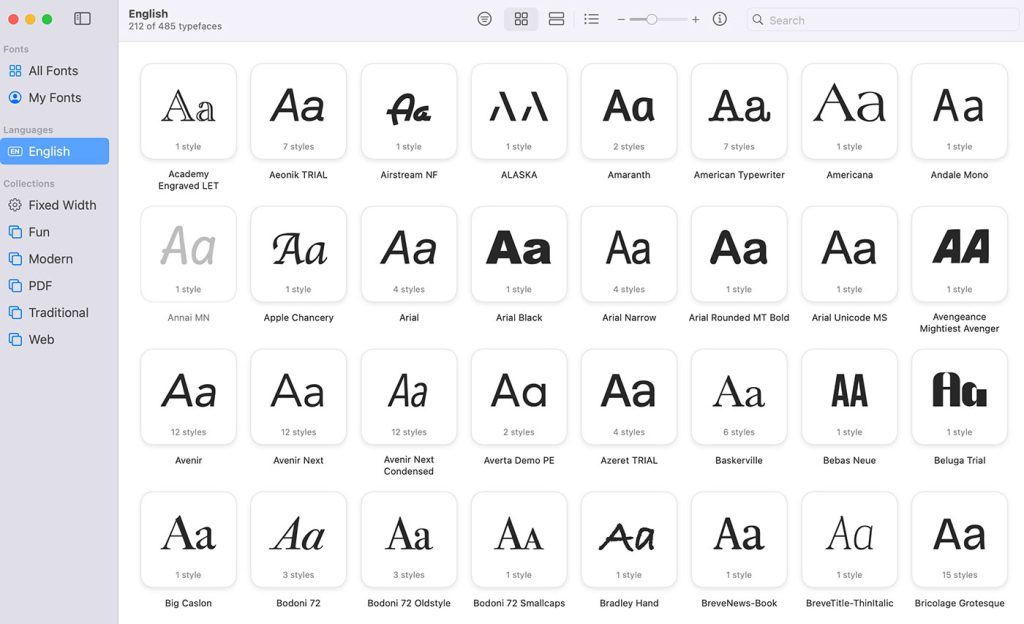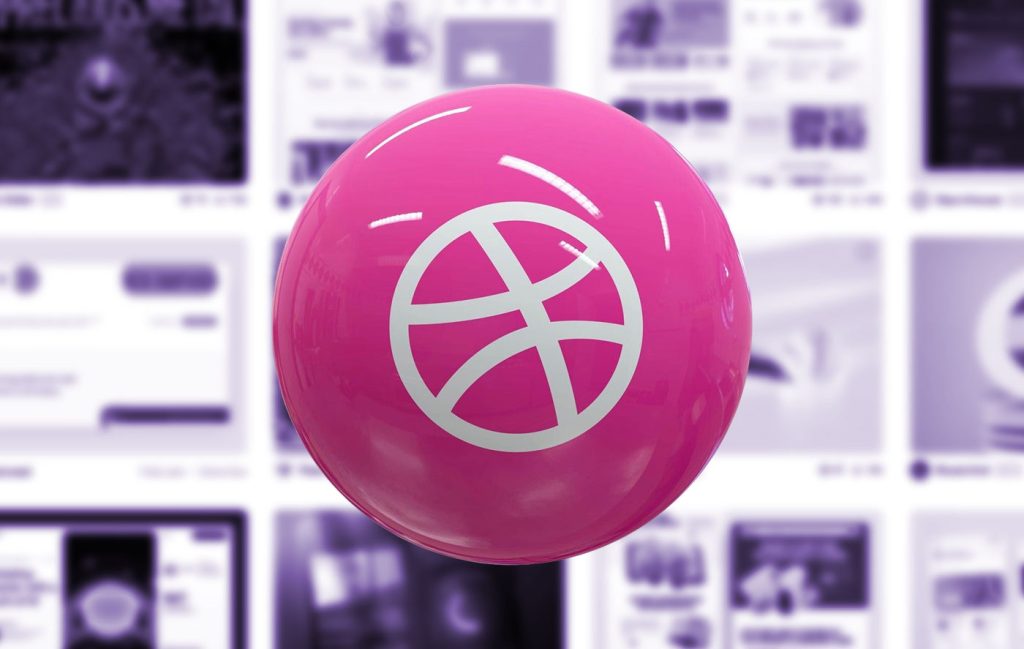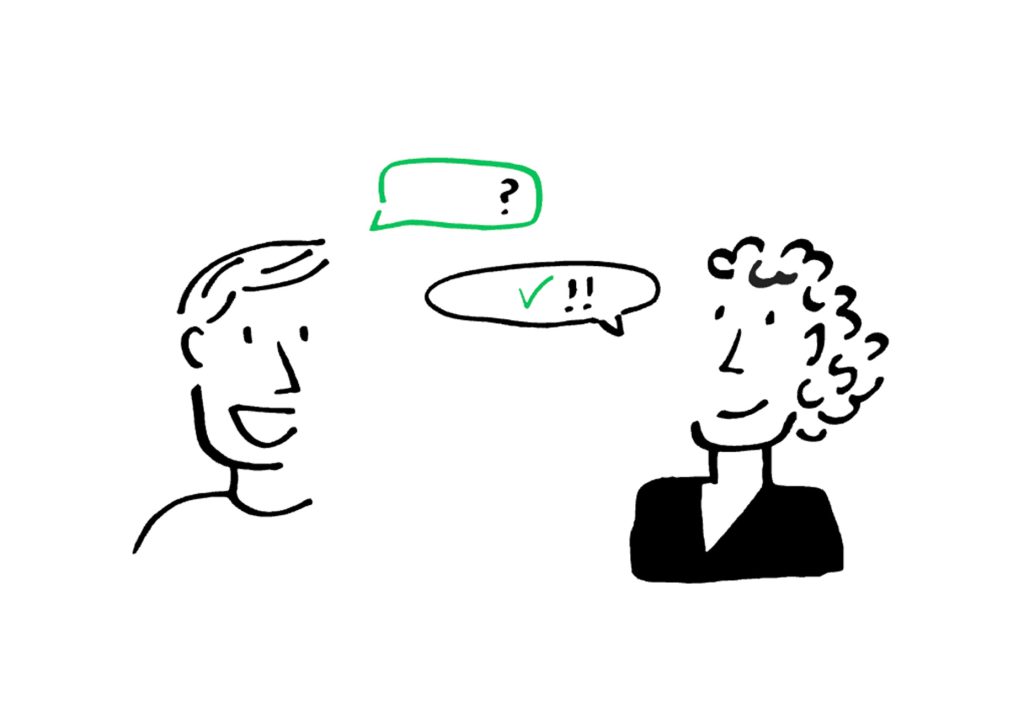Building a brand online is a different task to traditional brand building. Of course it won’t hurt to combine the offline and online marketing techniques, and indeed for best results, you should do that. Too many times clients think that all they need to do is have a website made for them and then they can sit back and count the money as millions of visitors arrive at their site.
The reality of the situation is quite a bit different, as they soon discover. Then the force of their frustration is often directed at the website designer, as if to say that the design is the reason for the failure. Usually it is not the case that the design is to blame, but rather that the site owner has done nothing to promote the site either online or offline.
In this article, we’ll look at what designers or marketer can do to improve things for the success of their clients, or at least what advice you should be giving to your clients to avoid getting those nasty emails where they direct all their stored up frustrations at you.
1. Just building a site is not enough, unless you have one hell of a unique niche
Building a successful online presence with zero promotion is close to impossible. The only way you can really do it is by creating something so completely amazing that it markets itself just by being accidentally discovered. The chances of that happening are microscopically small, so it’s not a clever strategy. You must promote your site in some way. It does not necessarily mean that you have to spend money, but you have to do something. Just building a site does not ensure success.
2. Start with the name and go from there
Obviously with any brand, it’s all about the name, so it makes sense to start with that. Want some proof? When Prince decided to change his name to a symbol and have people refer to him as “the Artist Formerly Known as Prince” that generated instant long-term viral publicity, because it was talked about, parodied and mocked for days. All of that made Prince suddenly relevant again at a time people were not paying much attention to him.
Choose a good name, one that makes you stand out. An ideal name has some kind of positive association, is easy to remember, easy to spell, and universally possible to pronounce. That’s actually a lot harder to achieve than you may at first think.
Once you have decided on a good name, your first step should be to purchase the domain name. Then you can start worrying about other things like creating a logo or what color your stationery should be. Your name is your most important business asset, so give choosing it the respect it deserves.
3. Make your logo easy to scale, equally good in color or monochrome, and easy to recognize
Logos are also important, and because you’re going to be including your logo in your web design, it should be something that is easy to fit into a web design. Therefore obviously logos that will easily fit into a rectangular space are better than logos that contain huge circles, for example, because circles don’t scale down well. You get a lot of wasted space around the edges of the circle, because websites need everything to fit inside a rectangle. The size of a circle determines the size of the rectangle required to contain it.
A good logo also should be easy to identify even when it is not shown in its normal color scheme. It is a very common mistake for inexperienced graphic designers to create logos that are mostly based on color and derive their identity from color. Don’t make that mistake.
4. Create social media pages before you create the website
This may sound eccentric, but there is a good reason for doing it this way. You can use social media to build hype about your site (and brand) before the site is launched.
5. Build hype on social media, and invest in this as much as you can
No matter what else you do, the most important thing you are going to do before launching your brand’s website is to build hype about your brand first. Or at least make sure that people know your name and remember it.
John West (manufacturers of canned fish products) did this successfully in the late 1990s and early 2000s when they released a series of video ads that people felt compelled to share. Other brands have since followed suit, such as Panda dairy products.
Don’t waste your time on something small. Whatever you’re going to do, make it big. Make an impact. Make sure everyone is talking about it. Those ads I talked about are years old now, and yet here I am writing about them in this article, extending their virality. That’s the kind of notoriety you have to reach for.
6. Build an awesome “coming soon” page
Some experts will tell you to skip this step, and say it’s bad to have an announcement that your page is under construction. But what would those guys know? There’s every chance that stirred by the brilliant viral marketing campaign you unleashed in step 5, a lot of people will try to jump the gun and check out your website before you’re ready to show it off. That’s OK, as long as you have something there to keep them interested. Get them to bookmark you, ask them to subscribe to your RSS feed, get them to part with their email address… whatever you can do to make it easy to tell them when the site is ready for their viewing pleasure.
Just make sure you don’t do this by halves. You have to commit as heavily to this step as any other, and make a page that really creates buzz. Ideally people will be talking to each other about how awesome your “under construction” site is, and that will build anticipation in their minds that the real site will blow them away when it finally arrives. And they’ll want to be there to see that.
7. Build a website that’s every bit as good as you promised
If you’ve built up a lot of hype and momentum about your site while it was being constructed, it has to actually meet expectations. Whatever you’ve built it has to be big, it has to be relevant, and it has to be better than anything that has existed before it.
That is indeed a tall order, but it is vital if you are going to be successful in getting to the top of the heap and fending off all challengers. Your website obviously must look good, but it also shouldn’t have anything there that you can’t explain the purpose of. You should know exactly why anything that appears on your page is there. It should be easy to navigate and well written. Content is everything, and especially the text.
8. Make dealing with you a pleasant experience
Web users won’t excuse bad behavior. Be a good host and take care of your visitors. Your customer service should be of an excellent standard, and it should be easy for anyone to communicate with you. Keep up your social media presence as well, and hire dedicated staff to handle only that task if you can afford to.
Following the above tips should help you build a strong online brand that engages an audience and makes them like you. The key to it all is to keep your integrity, deliver what people want, and get attention by being the best.






